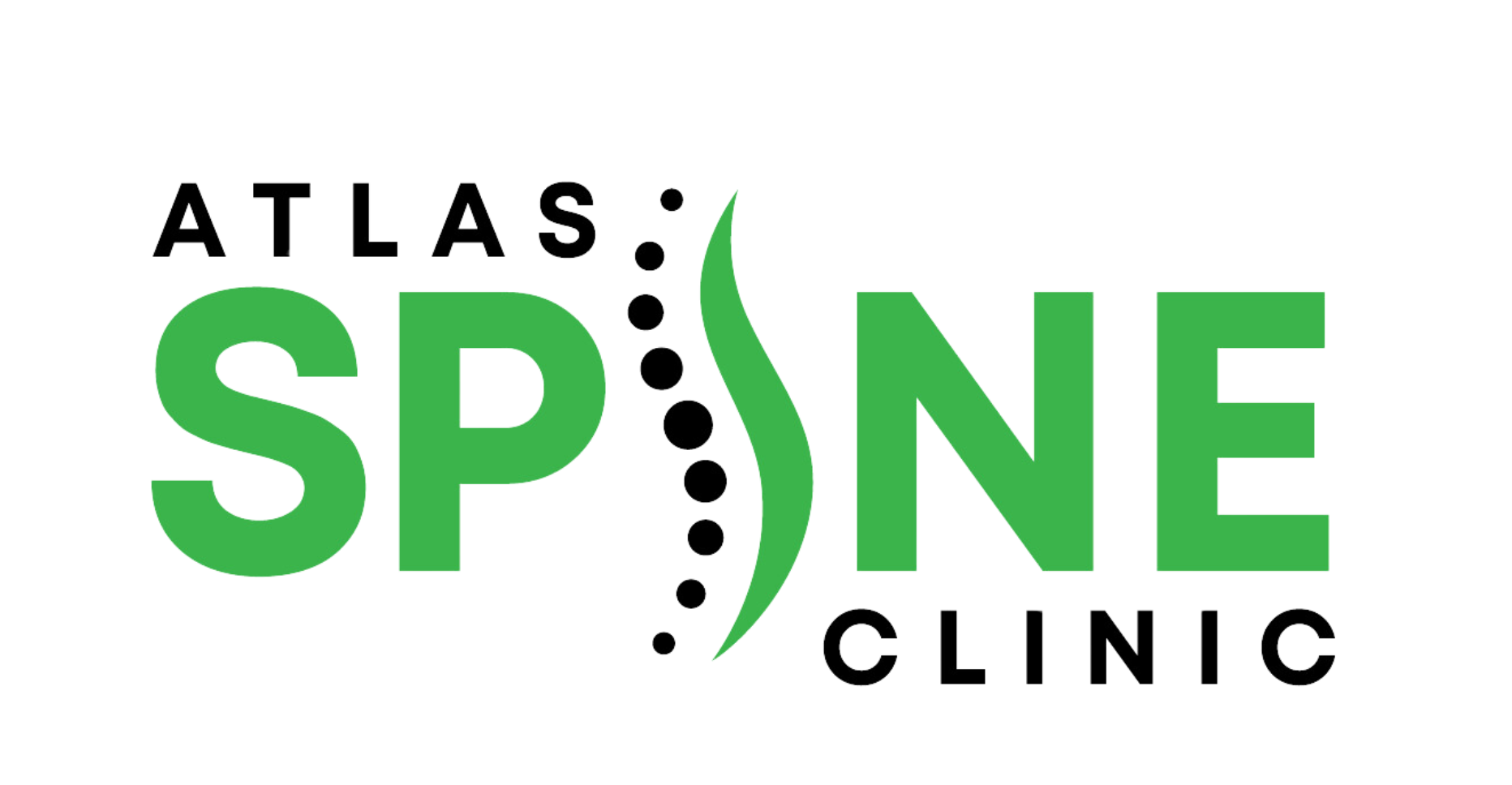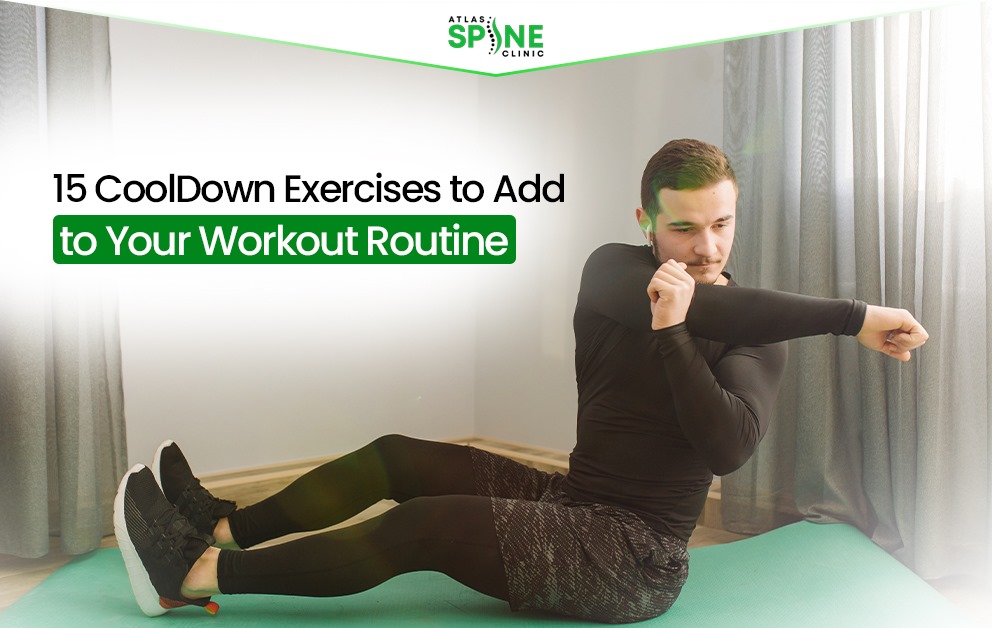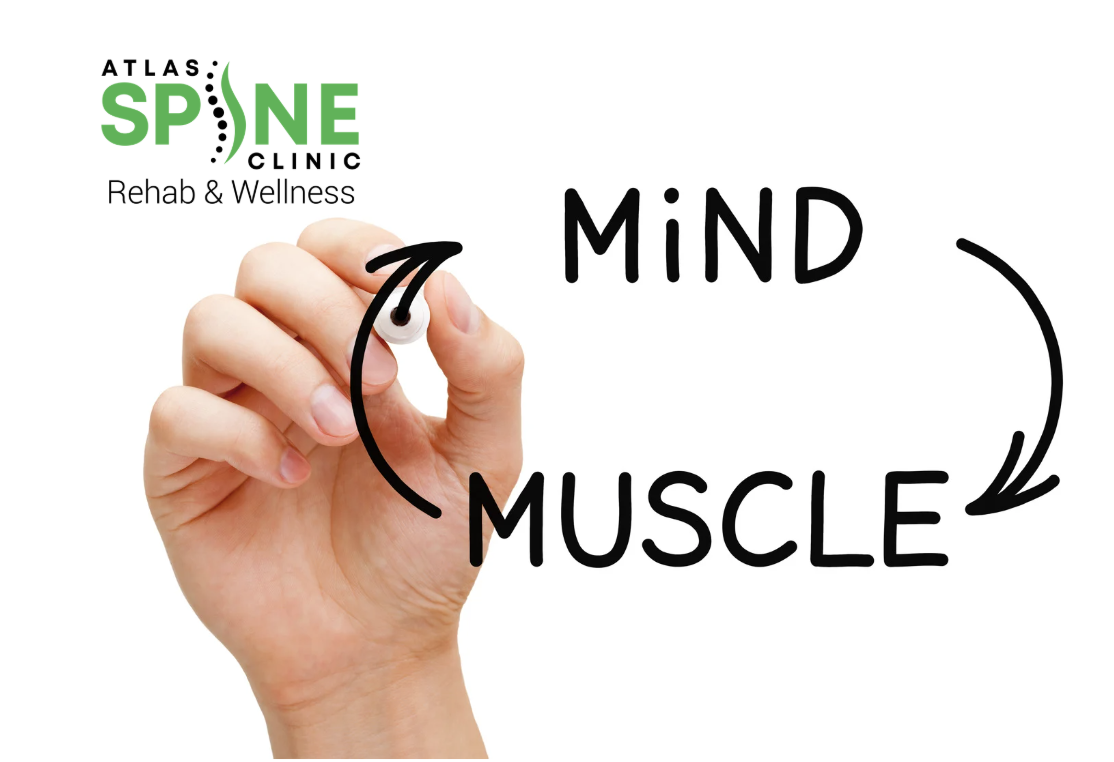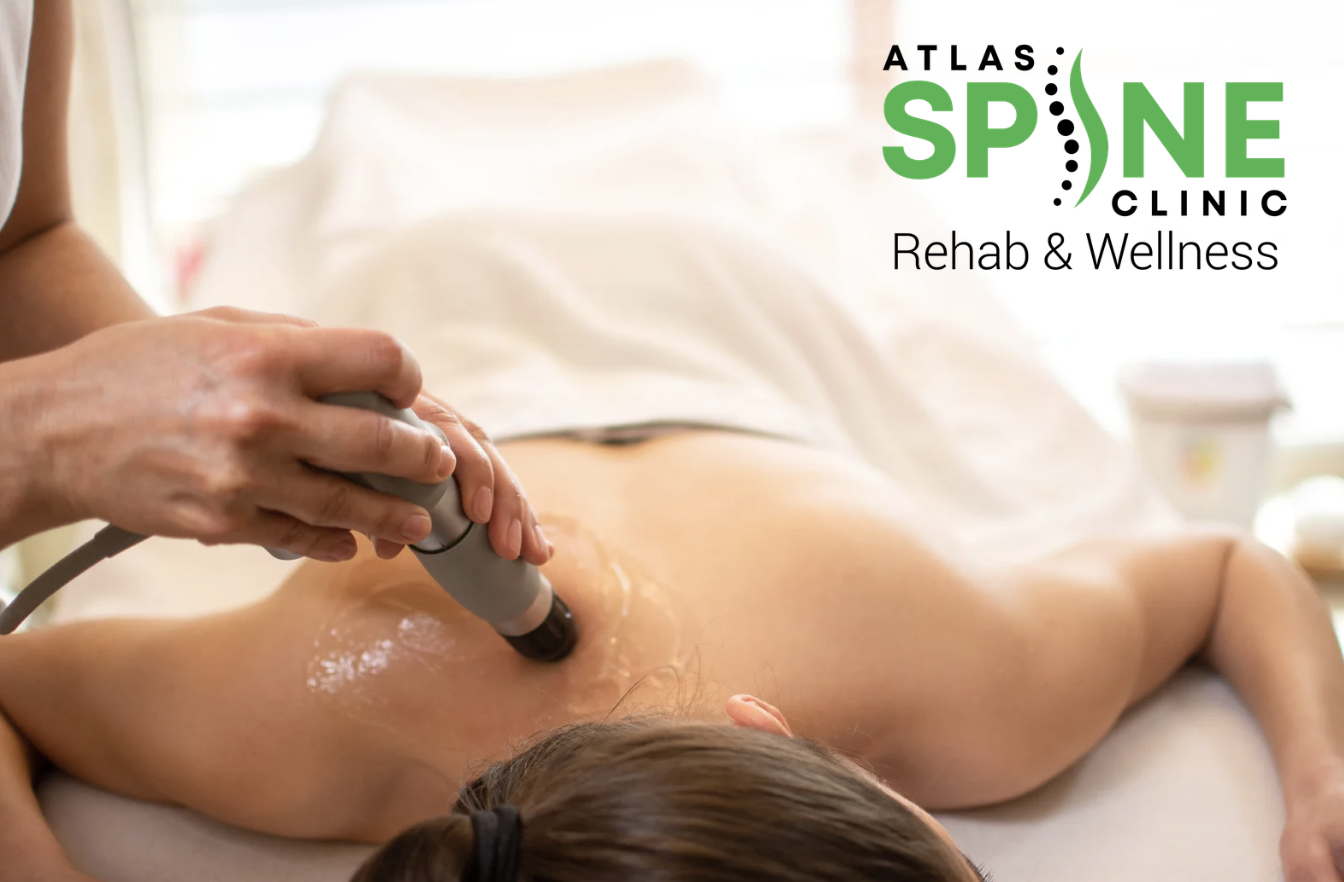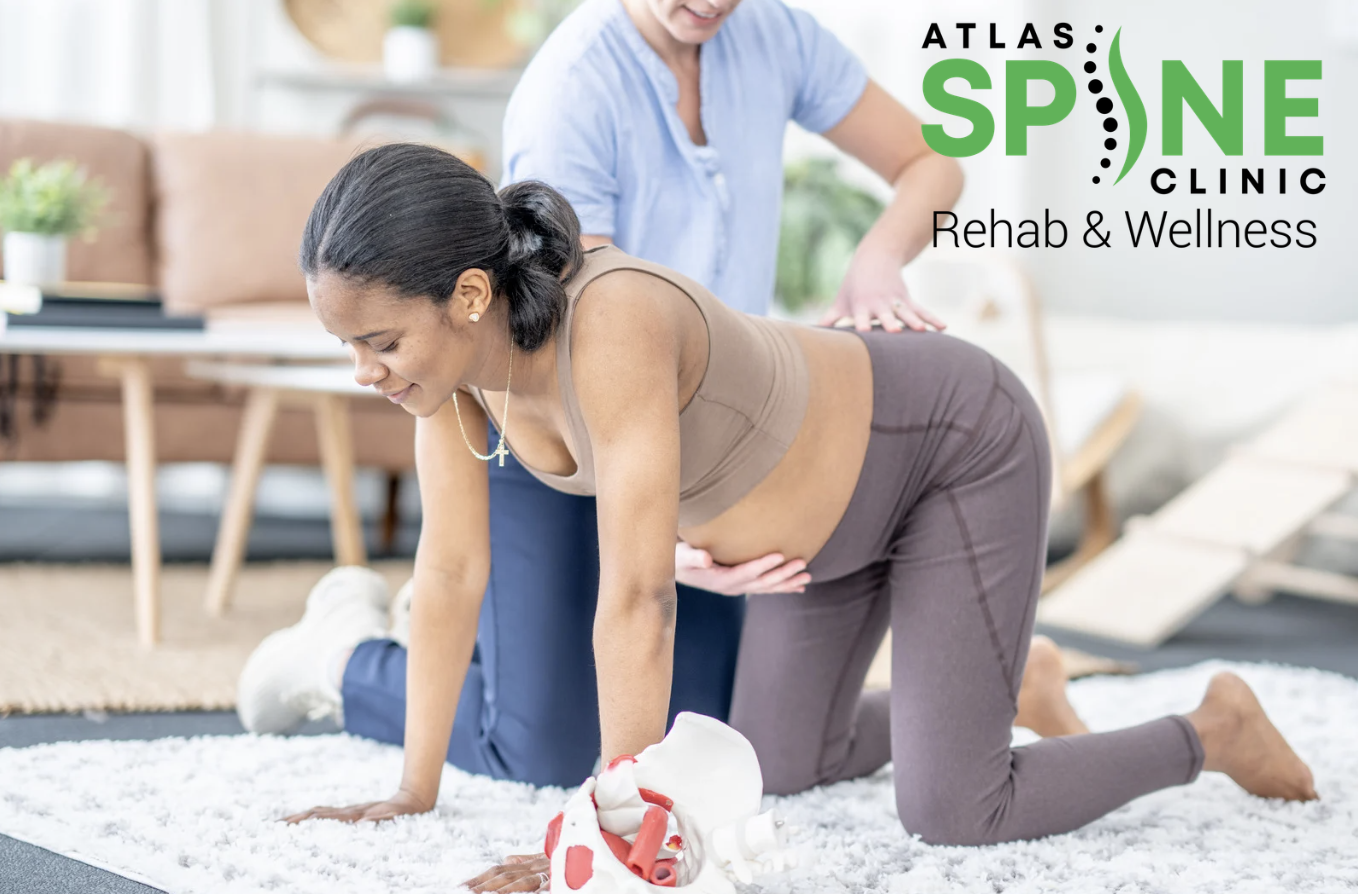Pushing limits during a workout feels rewarding. Still, what follows afterward plays an equally important role in your fitness journey. Often overlooked, cool down exercises are key to helping your body recover, stay flexible, and get ready for the next session.
Cool down exercises aren’t just a final step—they’re essential for muscle recovery and reducing the risk of injury. This article explores simple cool down routines designed to bring your heart rate back to normal, ease sore muscles, and leave you feeling refreshed and relaxed.
Why Cool Down Exercises Matter
You’ve just powered through a tough workout, and your muscles are feeling the burn. Now imagine skipping the final stretch and jumping straight back into the day. Doesn’t sound like a smart move, does it? This is where cool down exercises step in.
These exercises aren’t just a checklist item, they’re your body’s way of gradually shifting gears. They support your system as it winds down, allowing blood flow to stabilize, tension to ease, and muscles to decompress. By making time for these moves, you reduce the chance of stiffness, cramps, and unwanted fatigue.
When done right, these wind-down exercises also assist in clearing out metabolic waste and supporting circulation. This improves your recovery window and reduces next-day soreness. Think of it as training smarter, not just harder.
How to Structure a Proper Cool Down Routine
A well-structured cool down routine is simple but effective. Aim for a mix of light cardio cool down, and static stretches, with each exercise focusing on releasing tension, restoring heart rate, and improving flexibility.
Begin with 2–5 minutes of gentle movement, then ease into deep, steady stretches targeting the muscles used during the session. Keep it slow. Let it sink in.
15 Cooldown Exercises You Can Do After Any Workout
Here are 15 easy but effective cool down exercises you can seamlessly add to your routine. Customize them based on your fitness level, how intense your workout was, and how your body feels that day.
Cardio-Based Cool Down (Low-Impact Movement)
These exercises help bring your heart rate down without putting too much stress on your body.
- Slow Jog in Place (2–3 minutes)
Begin by jogging gently in one spot while keeping your breathing steady and relaxed. This helps your body ease into a calmer rhythm and support a smooth transition toward recovery.
- Walking Lunges (1–2 sets of 10 reps per leg)
Walking lunges not only stretch your hip flexors but also keep your muscles engaged while gradually lowering your intensity. Keep the pace slow and steady to get the most benefit from the movement, while letting your muscles wind down gradually.
- High Knees – Slowed Down (30 seconds)
High knees usually spike your energy levels. Slowing them down for this cooldown still gets your blood moving gently, encouraging effective heart rate reduction without overworking your system.
- Marching in Place + Arm Swings (1–2 minutes)
This move works well to ease tension across your body. March in place while swinging your arms forward and back to help open up the shoulders and relax the chest area.
Static Stretches for Muscle Recovery
These muscle recovery static stretch exercises focus on lengthening your muscles, increasing flexibility, and relieving tightness.
- Standing Hamstring Stretch
Stand upright and place one foot slightly in front of the other with your heel touching the ground. Hinge gently from your hips as you lean forward to create a stretch in the back of your extended leg. Hold for 30 seconds on each leg to prevent stiffness.
- Quad Stretch (Standing or Lying Down)
Stand on one leg and bring the opposite heel to your glutes. Use your hand to grasp your ankle and gently pull it closer to feel the tension in your thigh. For added support, you can try this on the floor while lying on your side.
- Seated Forward Fold
Sit on the floor with your legs extended, then fold forward from the hips, reaching for your toes or the floor. Hold for 30 seconds, focusing on the stretch in your hamstrings.
- Child’s Pose (Relax the spine and hips)
Begin by kneeling, then lower your hips toward your heels while extending your arms out in front. Let your forehead rest on the floor as your body eases into the pose. This stretch gently releases the lower back and hips.
- Chest Opener Against A Wall
Stand with your feet shoulder-width apart and place your hands on the wall behind you. Slowly shift your weight forward to feel a gentle stretch across your chest and the front of your shoulders. This helps counter the forward hunch from many exercises.
- Overhead Tricep Stretch
Reach one arm overhead and bend at the elbow, bringing your hand down your back. Use the opposite hand to gently push your elbow for a deeper stretch.
- Side Body Reach (Seated or Standing)
Extend one arm overhead while reaching to the opposite side, creating a deep stretch in your obliques and sides. Switch sides after 20-30 seconds.
Mobility and Spine Health Focused (Atlas Spine Clinic’s Recommended Moves)
These flexibility exercises help with spinal mobility and postural health, ideal for increasing range of motion and relieving tension.
- Cat-Cow Stretch (Spinal Mobility)
Get into a tabletop position with hands and knees on the floor. Shift between lifting your chest while dipping your belly, then tucking your chin and rounding your back.
- Supine Twist (Spine and lower back release)
Lie on your back with your arms extended. Bend your knees and slowly rotate them toward one side while keeping your upper body grounded. This position helps release tension from the spine and lower back area.
- Pelvic Tilts (Gentle lumbar activation)
Lie on your back with your knees bent. Slowly tilt your pelvis upward, flattening your lower back into the floor, and then release. This move gently activates the lumbar spine.
- Wall Angels (Postural reset for upper back and shoulders)
With your knees bent and feet flat on the ground, press your lower back gently into the floor by lifting your pelvis upward. Hold the lift for a moment, then gently lower your body back to where you began. This simple move helps wake up and mobilize the lower spine.
Tips for Making Cool Downs a Habit
Incorporating cool down exercises into your routine might feel like an afterthought at first, but they’re just as important as the workout itself. To make it a habit, set aside at least 10-15 minutes post-workout to cool down. Starting small with a couple of stretches or low-impact movements can ease you into a full cool down routine. As you get used to it, you’ll start feeling the benefits: less soreness, better flexibility, and quicker recovery times. It’s all about consistency.
When to Seek Professional Help
If you experience chronic pain, discomfort, or struggle with flexibility after workouts, it might be time to consult a professional. A personal trainer or physical therapist can guide you on how to properly cool down and stretch based on your specific needs. If you have an existing injury or muscle tightness that doesn’t improve with cooldown exercises, seeking professional advice can help prevent further injury and aid in a quicker recovery.
Tying Up
Don’t let your workout end abruptly—take the time to include Cool Down Exercises in your routine! Whether you’re engaging in muscle recovery exercises, stretching after a workout, or focusing on heart rate reduction, the benefits are immense. It may take a bit of time to form the habit, but once you do, you’ll see how much it improves your recovery, flexibility, and overall well-being.
So, next time you finish your workout, don’t skip that cool down.
